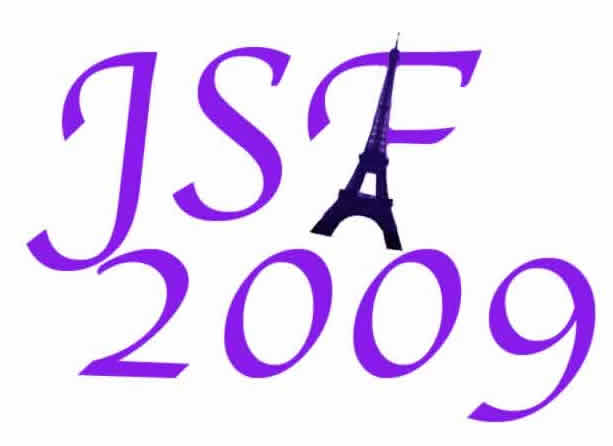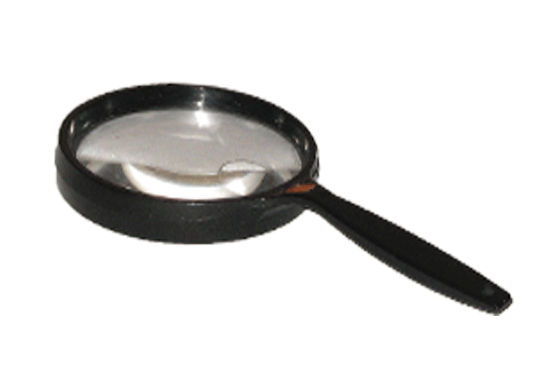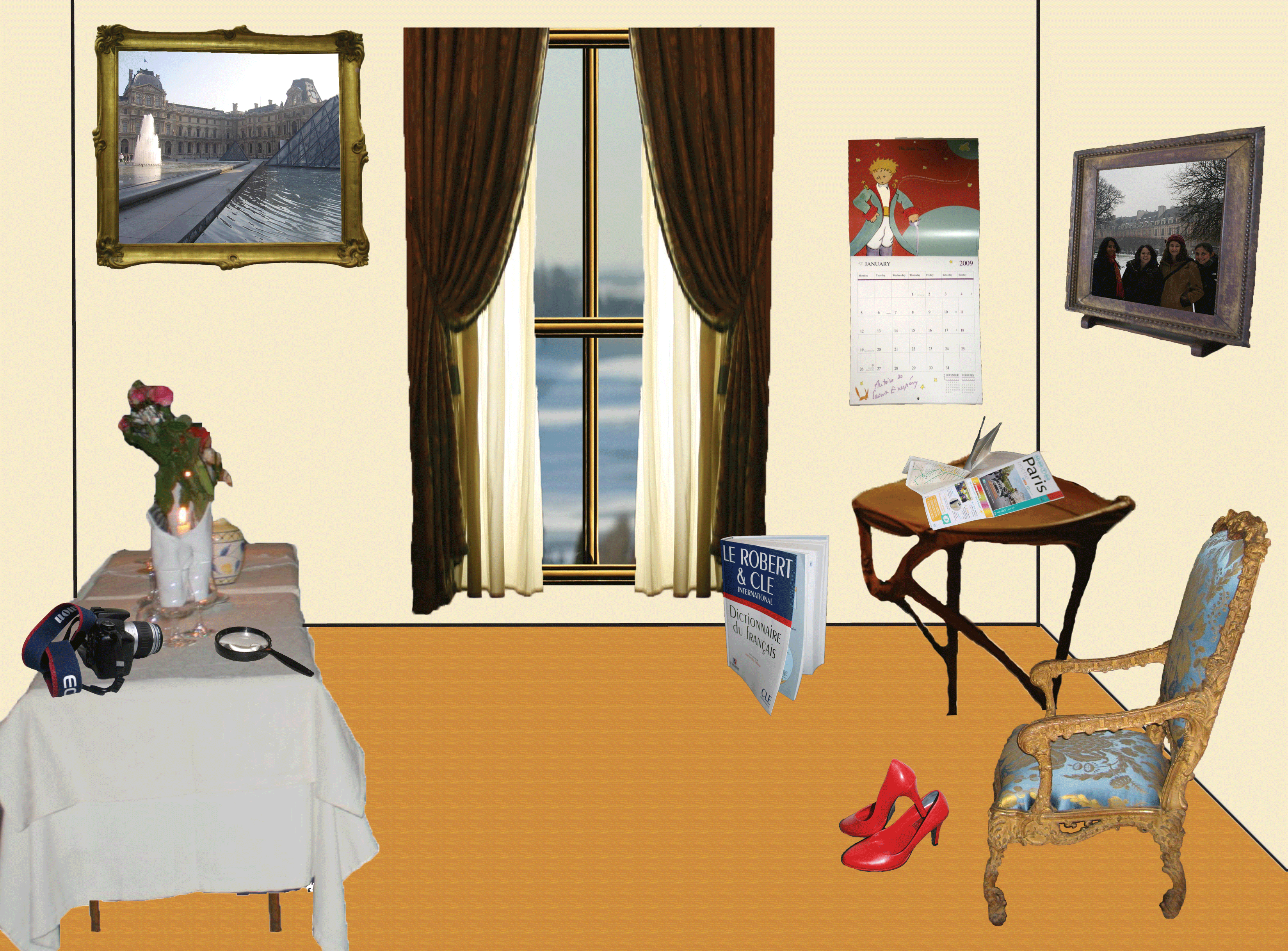Picture Frames
Have you ever tried watching a movie without its soundtrack? You see the characters moving, you hear their dialogue; the essence remains. All the colors are there; you hear each footstep, the sounds of a car sweeping past, the whisper of leaves underfoot. But so much of the feeling is missing. A love scene loses its poignancy; a duel loses its heart-stopping momentum. The soundtrack captures and amplifies the emotions of a film, but while watching a movie, I rarely think about the accompanying music. It melts into the background, complementing the movie without drawing attention from it. When I do rouse myself to pay attention to the music, however, it's fascinating, the way it plays with and fights against the current of images, and often it's harder to shift my attention back to the action than it was to shift my attention away.
Picture frames are much the same for me. I can spend hours in an art museum, can examine hundreds of vast, heavy canvases, before I realize that I've been missing the picture frames. When I remember, I imagine the paintings without their frames. How would they look, their edges nailed down on boards or else left ragged and loose? The essence of the painting would remain. The genius would be there, splashed on the canvas. The work would be no less great, but the enjoyment that I and countless others have derived from the paintings would be less pronounced. Picture frames--good ones--complement the paintings they shackle without distracting the eye from it, playing with the picture's virtues and strengths, masking its weaknesses.
Paris, which is full of art museums, gave me the perfect opportunity to explore my fascination with frames. Here are some specimens from the Louvre and from the Musée d'Orsay:
Le Louvre:
This painting from the middle ages has doubtless gone through many frames over the ages, but its current one works well. The golden hue of the frame brings out the dots of gold in the painting without overpowering the darkness of the background. The reds in the painting also work well with the particular shade of the frame. The designs help keep the somber mood of the piece, but aren't extravagant enough to distract from its basic mood.
A typical Madonna-and-child piece, the frame here seems to play a more integral role. It's like a doorway, providing entry into the painting. The wood feeds into the rustic feeling of the work, the arched shape forcing the eye to focus on the figures, blocking away any noncontributing stretches of background.
A quartet of paintings of the four seasons, faces made of seasonal vegetation, the dark shade of the frames fits perfectly with the backgrounds of the paintings. The lighter-colored swirls give them a natural feeling, a theme of the outdoors. The difference between the base color and the design color of the frames is subtle enough not to distract from the humor in the paintings.
The photo does not do this painting justice. It is enormous, filling up an entire wall of the famous room that bears the Mona Lisa. The painting, of a rich family's wedding is fabulously busy. The people depicted in each fraction of the painting are up to their own schemes; each face has its own story, its own personality. With so much going on, the frame, even bigger than the painting, is clean and simple.
Ah, the Mona Lisa, perhaps the most famous painting in the world. I hoped that seeing it in person would make it mean something to me, as it never has before, but nothing changed. This may have had something to do with the four sentinels guarding it, or perhaps the thick glass and cordons preventing us from approaching it. Much like the painting itself, the frame is understated. It bears designs, but not extravagant flourishes. It is as sober as the woman's face, and the dull luster plays into the dark background. It presents the enigmatic figure, but refrains from pushing her vulgarly forward.
This is an ornate frame if ever there was one. The corners are ornately worked, and though it is difficult to tell from the painting, the frame is bright, a bit gaudy. In this case, however, that isn't a problem. The painting itself is riveting enough to prevent the frame from distracting. The eye is instantly drawn to the bright French flag waving at the pinnacle of the painting. The brightness behind the woman is blinding. Perhaps the bright frame even helps to draw the eye to the colors in the painting itself, as it encloses and separates the darkness at the periphery from the outside world.
Le Musée d'Orsay:
This famous work of impressionism is as busy as the Venetian wedding at the Louvre, despite its more subtle tones. The cleanness of the frame keeps us focused on the quiet activity within the painting. Most artistically, the neutral luster of the frame brings out the light and the dark of the painting, forcing us to observe the dappled light on the man's shoulder, or the contrast of white dresses and black coats.
Van Gogh was never quite stable, mentally, and that screams out in his self-portrait. But how the frame helps! The wood looks tired, its color and texture as lost and exhausted as the man's face. It complements the blue of the background, and its more classic designs fight the impressionist swirls of paint.
This frame is as disturbed as the painting it holds. The wood is broken, ruined--perhaps this is from age and lack of care, but if so, it makes the frame all the more appropriate. The twisted, troubled lines of the painting seem imprisoned by the strict, straight lines of the frame.
Stunningly ornate, this frame promotes the simplicity of the painting by providing remarkable juxtaposition. The scene in the painting is rustic, warm, peaceful. The frame is busy and wealthy. It almost seems as though the frame is protecting the painting from the outside world, preserving its tranquility through its fierceness. Rather than distracting from the painting's beauty,--and isn't it gorgeous?--it reminds us of how pure beauty can be.
Frames tell us nearly as much about a painting as the painting says about itself. They are surprisingly fascinating to think about, once you start. Try it the next time you head to an art museum; they can be incredibly thought-provoking to examine!
Koyel Bhattacharyya


